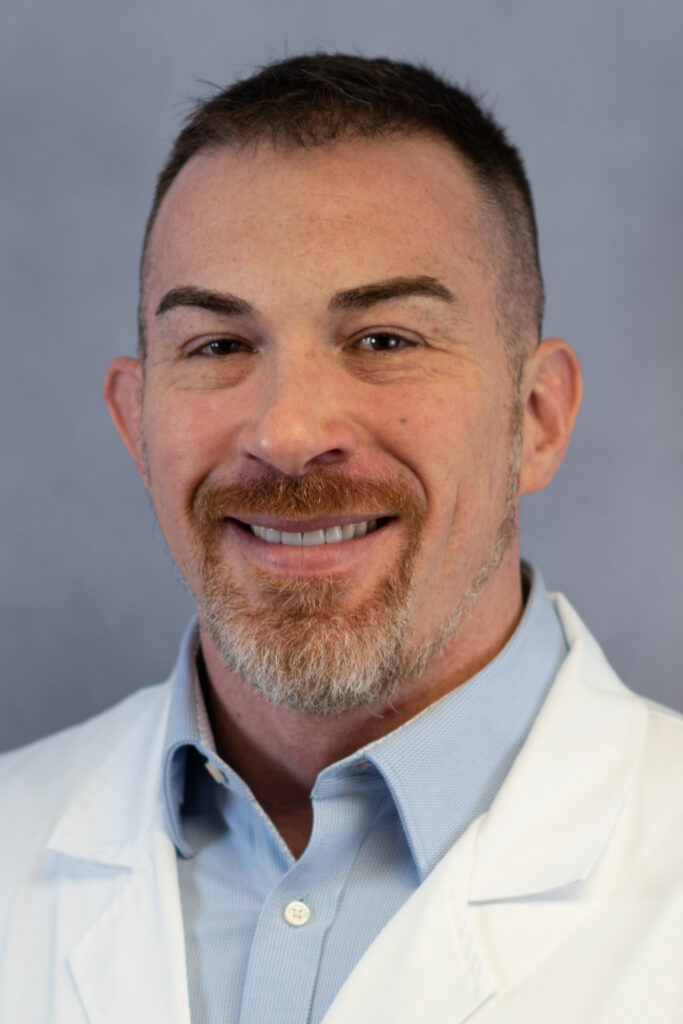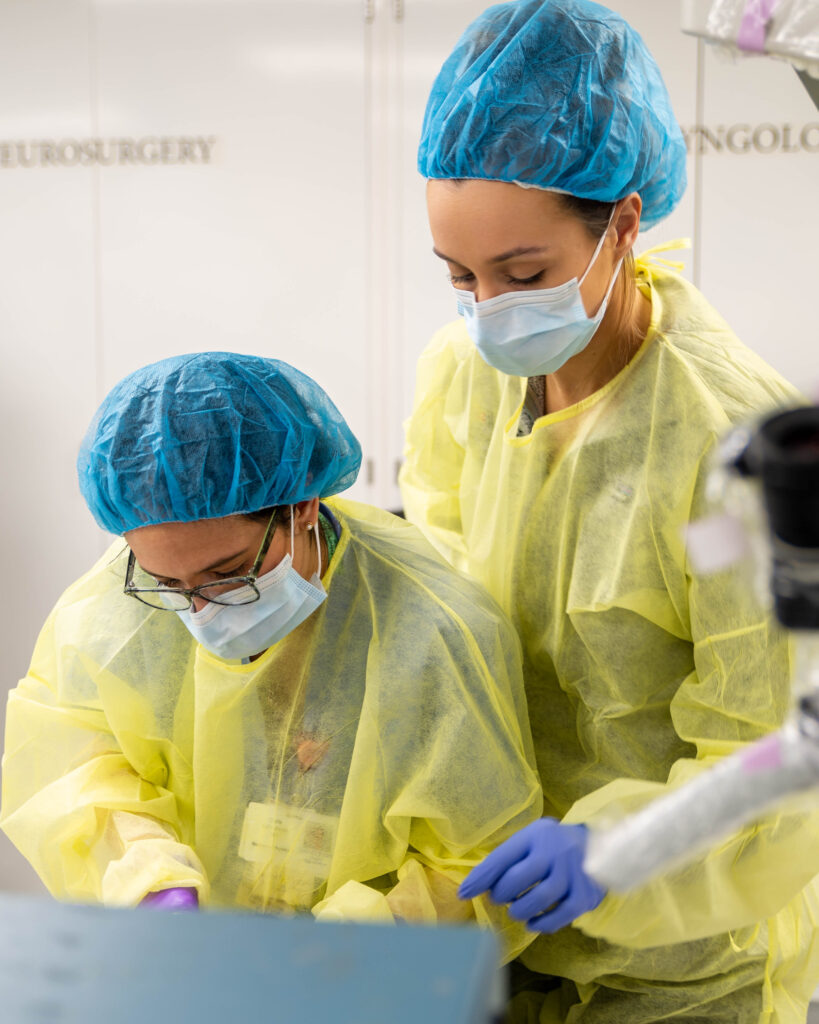Jeff Lichtenhan, PhD, likes to know where and how things originate. That includes things like physiological responses of the auditory system – subtle sound or electrical signals that indicate auditory activity. Some of these signals have been used for decades to help diagnose hearing disorders, but in most cases we don’t fully understand their biological sources.

For example, otoacoustic emissions are sounds created by the ear in response to sound stimuli, and the auditory brainstem response is an electrical response to sound stimuli. They are widely used in newborn hearing screenings, clinics and research labs, but very little is known regarding their biological origin in the inner ear. Knowing and understanding the origins of these physiologic measures would improve our knowledge of hearing processes in normal ears and improve diagnostic assessments.
Low-frequency hearing and hearing loss is another prominent focus of Lichtenhan’s research. This is important because speech sounds, music, and bothersome background noise have large components that are low frequency in nature. They developed a new objective measurement of low-frequency hearing called the Auditory Nerve Overlapped Waveform (ANOW). The ANOW is useful because it overcomes a long-standing problem of how to objectively measure low-frequency hearing.
Lichtenhan and colleagues have now used the ANOW to detect early low frequency hearing loss in an animal model of Meniere’s disease, a poorly understood condition characterized by hearing loss, tinnitus and episodic vertigo. This early detection may allow treatment efforts to be initiated before unrecoverable damage is done to the inner ear.

“Creating a reliable animal model of Meniere’s disease was technically very challenging,” says Dr. Lichtenhan. “The lab has benefitted from a host of very talented postdoctoral fellows in recent years.” Lichtenhan credits the work of lab members Uzma Wilson, AuD, Choongheon Lee, PhD, Carla Valenzuela, MD, and Shannon Lefler, AuD, for the current progress.
Collaborators have also helped Lichtenhan with many of his challenging projects. He credits Alec Salt, PhD, and his very generous lab staff as constant sources of inspiration and technical help. Shawn Goodman, PhD, at the University of Iowa, and John Guinan, PhD, at Harvard Medical School, are also productive and harmonious sources of technical and scholarly collaboration.
Further studies are necessary to develop techniques that will enable a differential diagnosis of Ménière’s disease and monitoring of disease progression and response to treatment. In addition to low frequency hearing loss, they hope that other patient symptoms like hyperacusis (normal sounds seem too loud) and diplacusis (sounds perceived differently by each ear) will provide clues to a better understanding of this debilitating disease.
